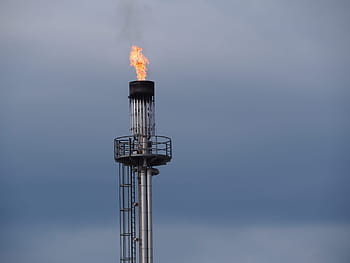-
IEA methane tracker finds 2022 global emissions from energy only slightly below 2019 peak, urges strong action
Date posted:
-
-
-
Post Author
Patrick LaveryCombustion Industry News Editor
-

The latest update to the International Energy Agency’s methane tracker has shown that the energy industry emitted 135 million tonnes of methane globally last year, about 40% of total anthropogenic methane emissions, and only slightly below the 2019 record.
Technology already exists to reduce such emissions from the oil and gas industry by 75%, which the Agency writes highlights “a lack of action on an issue that is often very cheap to address”. Around 3% of last year’s collective profits – around US$100 billion – would be necessary to make the cuts, according to the IEA, for the gas that is responsible for around 30% of the rise in global temperatures since the beginning of the industrial revolution. Of the 135 million tonnes from the energy sector, 45.6 Mt was emitted from oil production, 36.7 Mt from natural gas production (the USA and Russia being the source of about 28 Mt from their oil and gas production), 41.8 Mt from coal production (around half of it from China), and 9.2 Mt from bioenergy.
For coal mine methane, the IEA estimates that around half of the emissions could be saved using currently available technologies, such as degasification systems like wells and drainage boreholes, allowing methane recovery which can then be used for power generation. Flaring is a plan B. Ventilation systems are one of the biggest sources of coal mine methane, and reducing emissions from them would reduce global coal mine methane emissions by around 30%. Firm policy action and stronger economic incentives are required to do so, says the Agency, including the incorporation of mine emissions into emissions trading systems.
For oil and gas production emissions, leak detection and repair, emissions control devices, and component replacement for less emitting ones are the chief technologies for reduction. Based on average natural gas prices between 2017 and 2021, around 40% of methane emissions could be reduced at no net cost, rising to 80% at the average gas price in 2022. The report creates a strong case for emissions reduction and makes the 30% by 2030 reduction goal established at the Glasgow COP in 2021 look somewhat unambitious.
